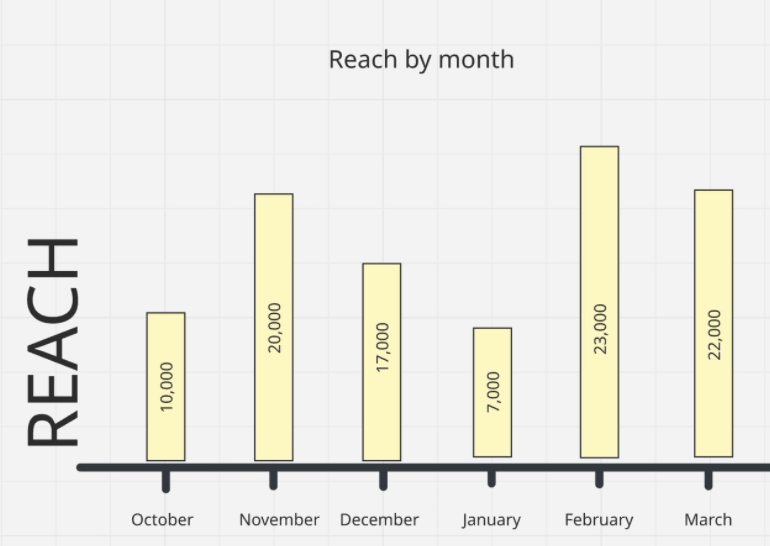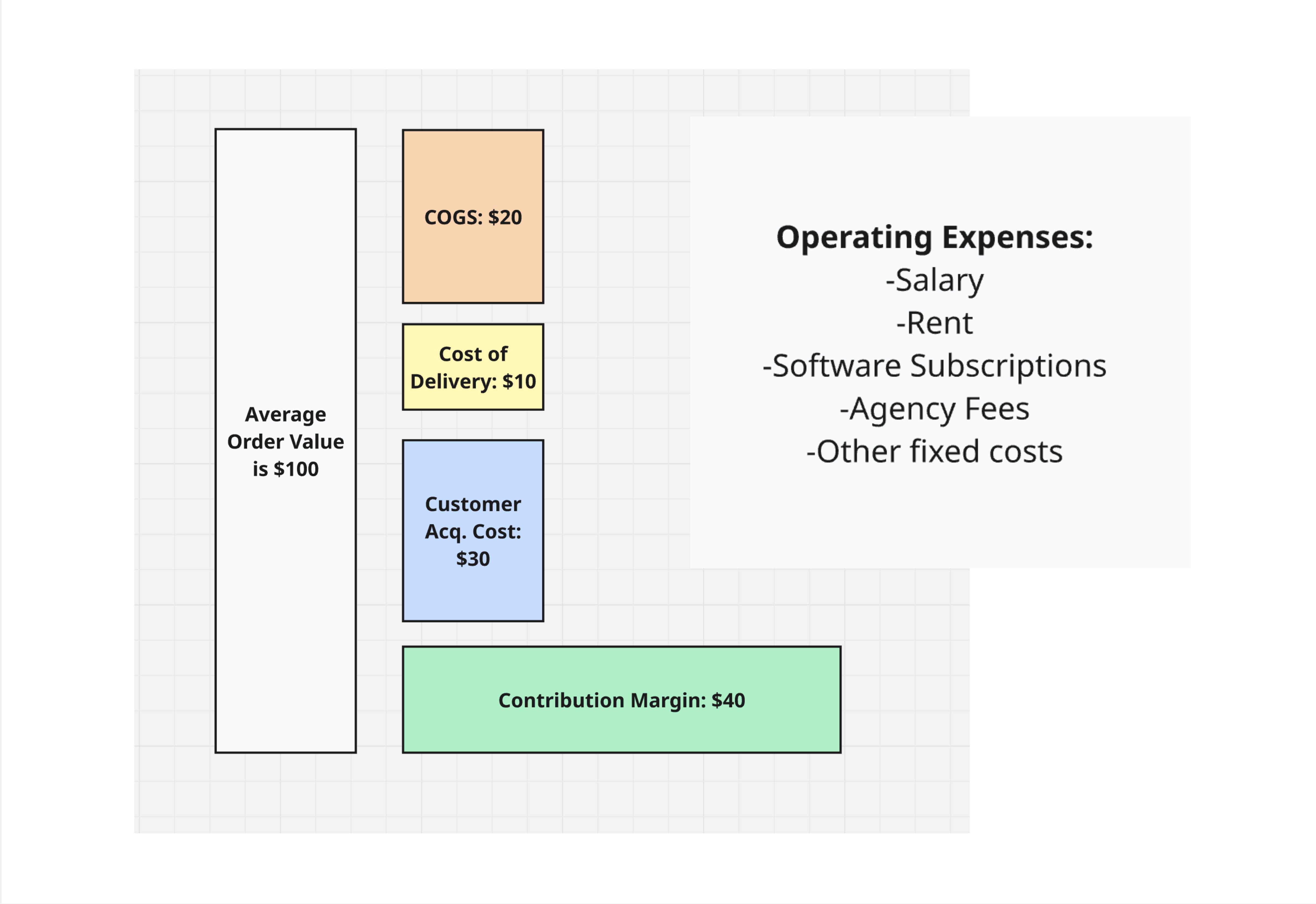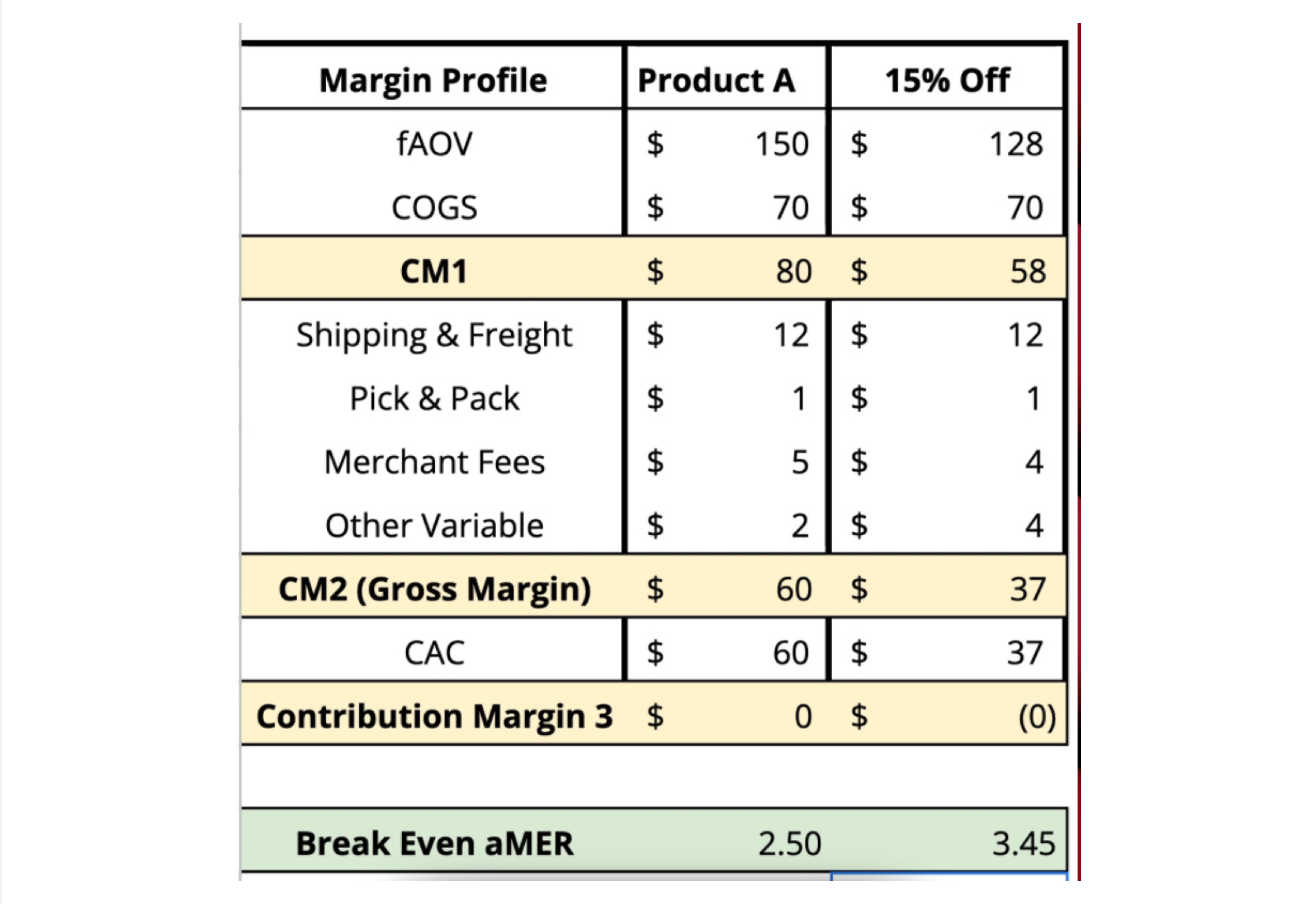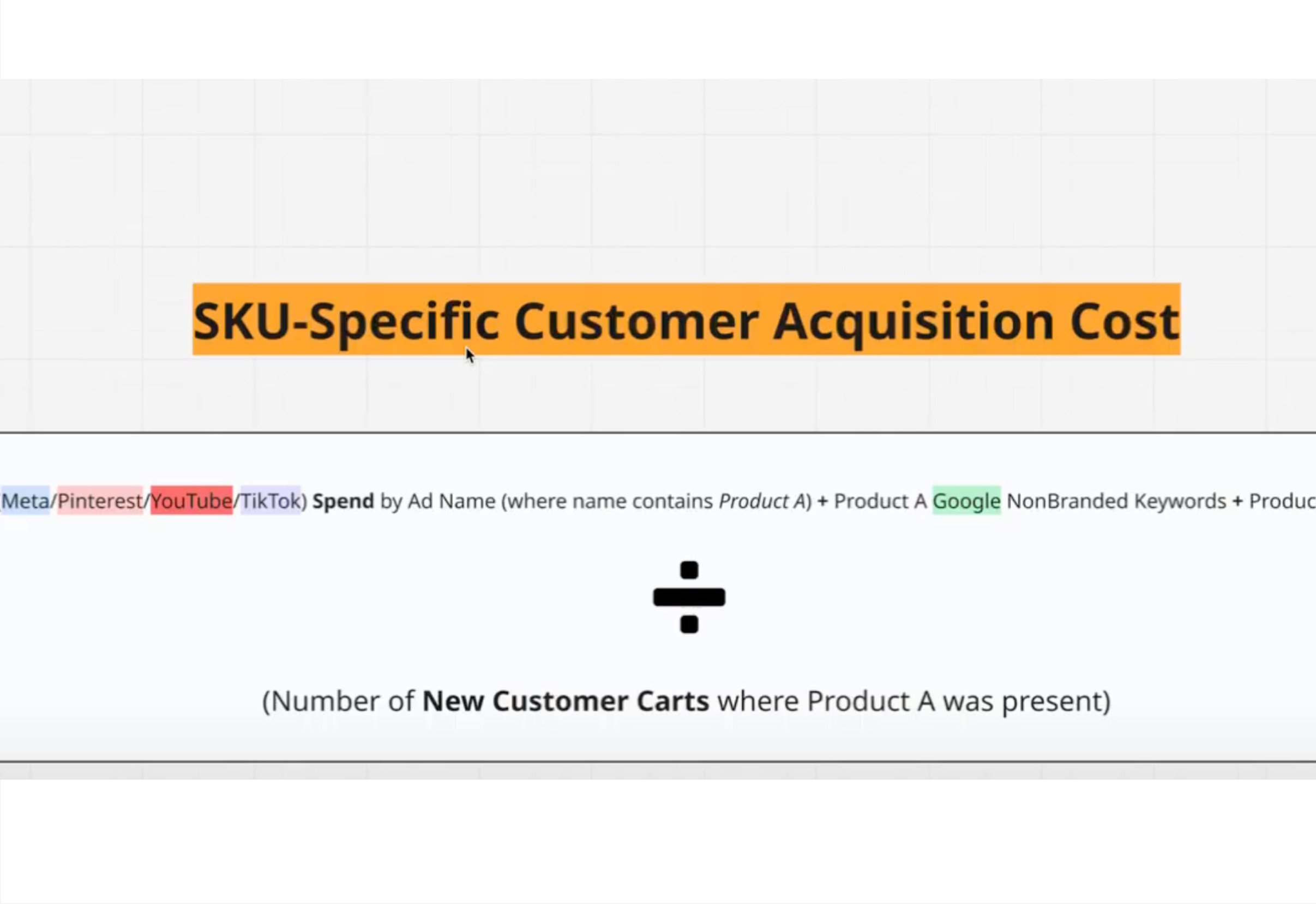What even is Rolling Reach?
If you're running paid or organic social campaigns, you're probably tracking reach. But standard reach metrics only tell you part of the story. That's where rolling reach comes in—a metric that reveals whether you're actually expanding your audience or just reaching the same people over and over again.
What is Rolling Reach?
Rolling reach measures the number of brand new individuals who have been exposed to your brand during a specific time interval. Unlike traditional reach, which simply counts how many people saw your content in a given period, rolling reach focuses on incremental audience growth.
Traditional Reach vs. Rolling Reach
Let's look at a simple example using organic Instagram. Traditional reach might show you this:
- October: 10,000 people reached
- November: 20,000 people reached
- December: 17,000 people reached

This tells you how many people saw your content each month, but it doesn't tell you how many of those people were seeing your brand for the first time.
How Rolling Reach Works
Rolling reach takes a cumulative approach. Here's the process:
Step 1: Measure the total reach of your account from inception through the end of October.
Step 2: Measure the total reach of your account from inception through the end of November.
Step 3: Calculate the difference between these two measurements.

The result is your rolling reach for November—the number of people who saw your brand in November that had never seen it before.
💡 [Watch here] - Learn more about how rolling reach works
A Real-World Example
Let's say your Instagram account has these cumulative reach numbers:
- End of October: 84,000 people (total since inception)
- End of November: 130,000 people (total since inception)
Your rolling reach for November would be 46,000 people—that's 46,000 brand new eyeballs on your content.

Why This Matters
Rolling reach reveals patterns that traditional reach metrics can't. Consider these two months:
- April: 85,000 reach / 28,000 rolling reach
- August: 85,000 reach / 45,000 rolling reach
Both months had identical reach numbers, but August delivered 17,000 more new people. This means that in April, you were largely reaching people who had already seen your content before, while August brought significantly more fresh audience members into your ecosystem.
Using Rolling Reach to Optimize Your Strategy
Whether you're running paid campaigns or organic content, rolling reach helps you answer a critical question: Is your content reaching net new eyeballs, or are you just hitting the same people over and over again?
This insight is invaluable for:
- Evaluating the true effectiveness of your audience expansion efforts
- Identifying which months or campaigns are best at bringing in new potential customers
- Understanding when your content is saturating your existing audience
- Making smarter decisions about creative refresh and targeting strategies
If you're serious about growing your brand, don't just track reach—track rolling reach. It's the difference between knowing how loud you're being and knowing how far your message is actually spreading.
Want help analyzing your brand's rolling reach or optimizing your paid media strategy? Send us a message.
Check out our other articles.
Get started today.
We only work with a handful of clients per year. If you're interested, book a discovery with our founder to see if this is a good fit.
What we do
Grow & scale your paid media program with a boutique team of eCommerce advertising pros.
Case studies
See what we've done for other brands and how we can help you. Read their stories.





